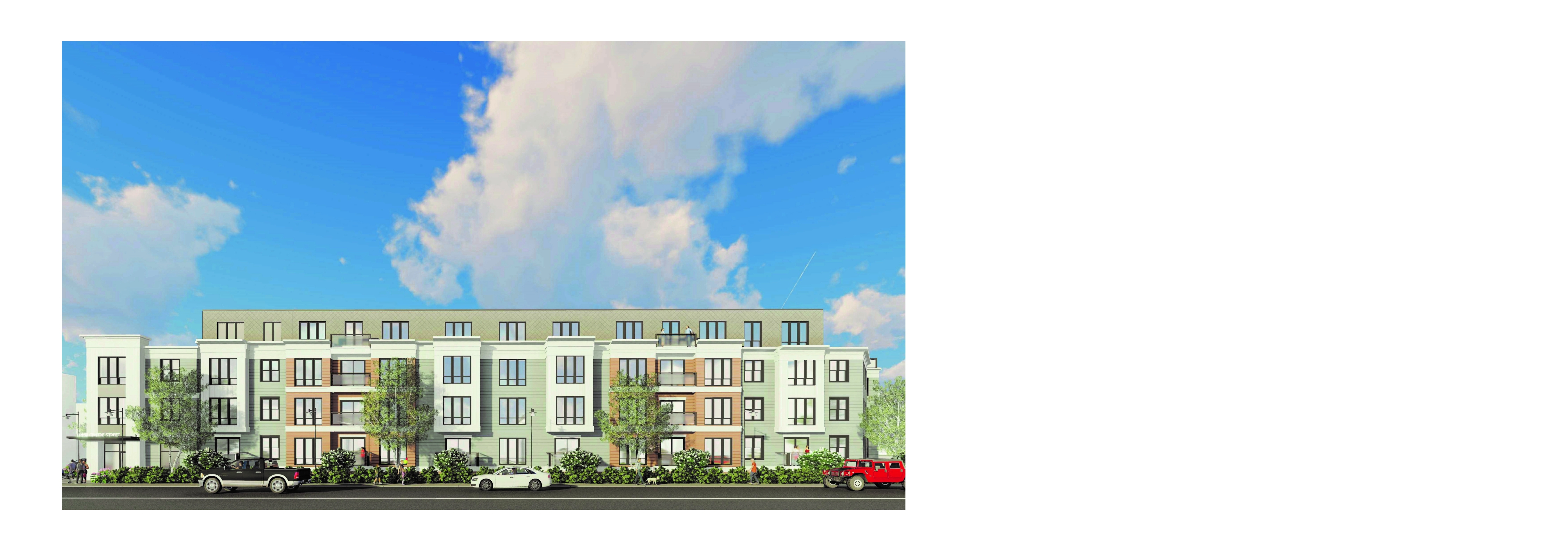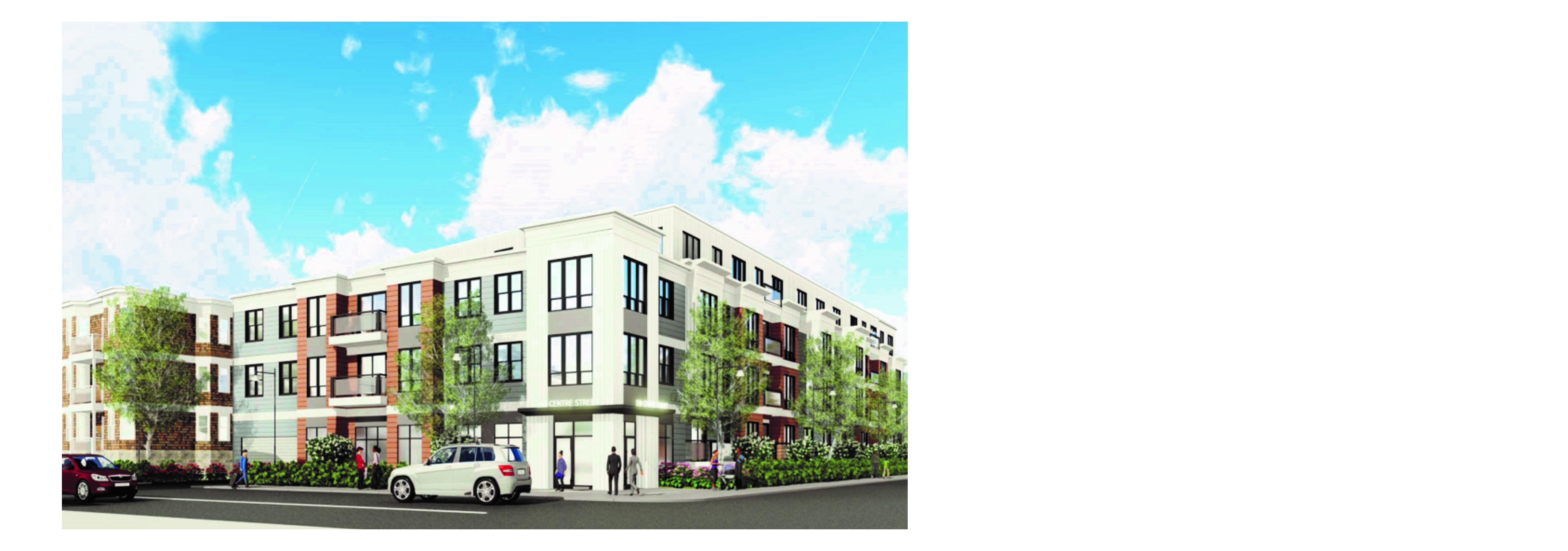Shawmut TOD
Project Team
ICON Architecture / Architect
Trinity Financial / Development Partner
Fast + Epp / Structural Engineer
MWB Construction Advisors / Construction Partner
Executive Summary
The overall goal of this project is to maximize the efficient use of CLT to make it cost competitive with light frame wood construction for 4 to 6 story buildings.
In the Northeast, 35% of all housing is multifamily (Urban Institute) which is higher than the National average of 31.4%(NAHB). 50% of all multifamily buildings in the Northeast are 4 stories and above (POYRY for NEFF). The share of multifamily housing that is wood stood at about 65% in 2017((POYRY for NEFF). All this points to growth and opportunity for wood construction of multifamily housing, especially for CLT in the Northeast and other parts of the United States in urban and suburban areas.
For the reasons above, we want to concentrate on CLT for 4 to 6 story multifamily housing. Shawmut TOD (transit-oriented development) will be a multifamily building; 4 stories, 66,000 SF, 74 dwelling units with a mix of studio, 1-bedroom, 2-bedroom and 3-bedroom units. There will be a parking garage below the 1st floor. Model codes have allowed 4 story light frame wood (LFW) construction for many years. Since 2012, IBC codes allow 4 or 5 story LFW above one- or two-story non-combustible podiums. CLT has gathered recognition by governing codes since 2018 and is further expanded in the 2021 IBC to include new Type IV Mass Timber, aka Tall Wood, up to 18 stories.

While Tall Wood is a great new opportunity, the bulk of multifamily housing will be in the 4 to 6 story range as it is more suited to urban areas outside the city center as well as suburban areas. For this reason, we are looking at the use of CLT in 4 to 6 story multifamily buildings. While this building type using LFW is not unique, the purpose of our research is to explore the viability of CLT used for floors in the 4 to 6 story buildings. As such, we have designed a 4 story wood stud bearing wall/CLT floor structure (Hybrid) and compared it to a 4 story wood stud bearing wall building using open web trusses(LFW). The latter is a building type seen in construction throughout Boston and its suburbs.
The major issue controlling the use of CLT is span length. Generally, strength and deflection criteria can be met with 5 ply- 6 7/8” planks for spans up to 26’. However, vibration, even though it is not a code requirement, will govern the span length, thickness and grade of the CLT planks. Our study found that for 26’ spans, 7 ply 9 5/8” planks are required to meet vibration criteria. For the cost comparison of framing systems alone, CLT is considerably more than LFW. However, when other cost savings for other trades are taken into account plus the savings in overall project duration, the differential narrows to between 2.5% and 5% more costly than LFW. This does not take into account possible savings in financing and other soft costs because of a shorter overall duration. This can narrow the gap even further.
We are hopeful that increased manufacturing volume and efficiency can lower the overall cost of CLT so that it is on par with the cost of LFW.

View the full report here.
An Interview with Matthew Bagedonow
March 2022 | Matthew Bagedonow is a Principal at MWB Construction Advisors.
1. Why did you apply for the accelerator and how do you think using mass timber is uniquely beneficial to your project?
Shawmut TOD is a 4 story 66,500 sf multifamily housing project. It is typical of the majority of multifamily buildings currently being built in Boston, its surrounding area as well as across the nation. The reason the team for Shawmut TOD applied for the Boston Mass Timber Accelerator grant is we feel if Mass Timber, Cross Laminated Timber in particular, can be shown to be a viable and cost-effective construction type, it will be more widely adopted.
2. What is exciting to you about your project as it relates to advancing the use of mass timber in the region?
New England timber resources are a great match for Mass Timber construction. New England has nearly 36 billion board feet of spruce-pine-fir* that can be used in manufacturing Mass Timber. The wider adoption of Mass Timber Construction in the Northeast can help accelerate the establishment of a Mass Timber manufacturing industry here. Regional production along with increased carbon capture are two components of a comprehensive climate solution package.
3. What are some challenges you’ve experienced or seen in trying to utilize mass timber? How will this program support you in overcoming these challenges?
Some of the challenges for use of CLT in Shawmut TOD are:
1. Cost versus light frame wood construction: Shawmut TOD is conceived of as a hybrid CLT and panelized wood frame bearing wall structure. It is clear that standard light frame wood is a competing construction type. Shawmut TOD is on a tight urban site, typical of many urban sites. We feel that one of the advantages of CLT is that it significantly reduces the need for laydown area. This in turn leads to faster construction duration of the floors which leads to cost savings. Indeed, we feel that many urban projects that would not be feasible using conventional wood framing. Using CLT will speed the construction and reduce cost. There are other cost savings such as exposed timber that we will explore.
2. Adapting long span CLT planks to limit vibration and deflection: More work has to be done to adapt long span CLT with respect to serviceability concerns including vibration and deflection. We plan to explore various configurations to optimize constructability, design and thereby cost.
3. Floor/Ceiling Acoustical Separation: Light frame wood open web trusses provide reasonably cost-effective sound transmittance assemblies. CLT floors have acoustical challenges that need to be addressed in a cost-effective manner. As part to this grant, we plan to explore some of those solutions with manufacturers of sound attenuation products.
4. If you could only tell the general public one thing to remember about mass timber construction, what would it be?
Climate change and its consequences is prominent in the public consciousness. Mass Timber has great appeal as a living environment. We think that the public should be made more aware that Mass Timber construction can be an important and beautiful part of the solution; one that people can actually live in and enjoy.
